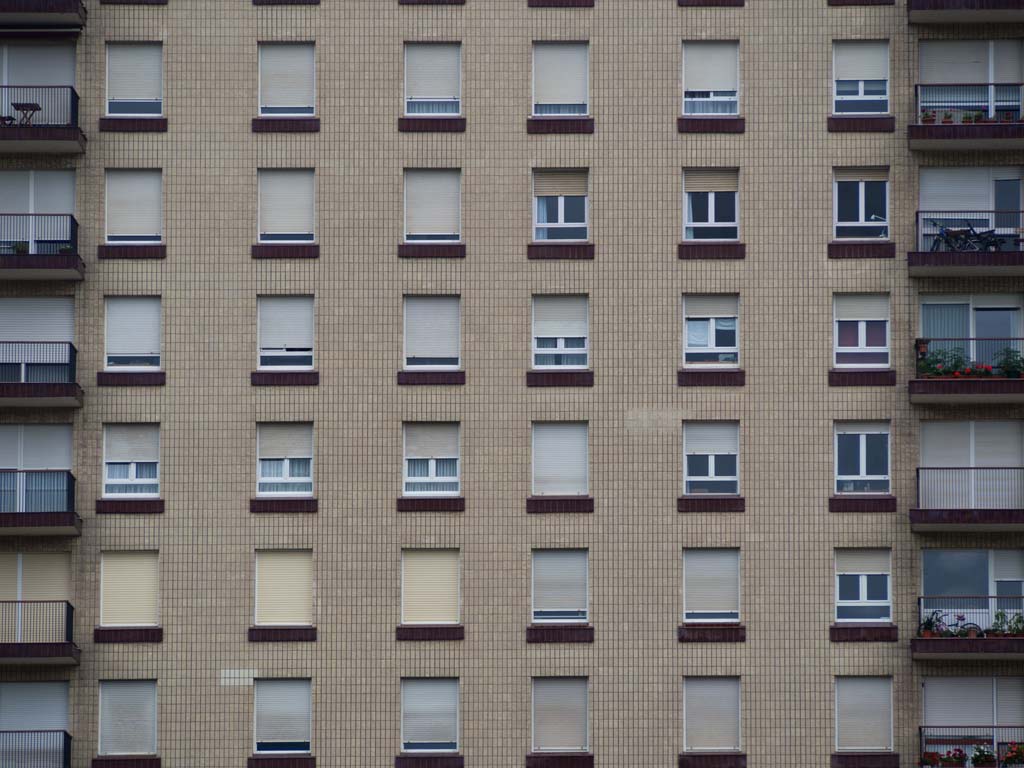Letter from Bilbao
by Cristina Escudero
April 2, 2020
Bilbao, Spain
Dear Colleagues,
Thank you for the valuable ideas you are sharing in this space. I appreciate it so much. It gives me a lot of support to do my job. Thank you for the generosity and time that you are taking now in sharing your experiences.
In this post, I want to limit my ideas to the topic of technologies and treatment. Two weeks ago, I found myself in a very different and new scene. As I have had no experience in remote treatment, I have tried to do my best to maintain a psychoanalytical frame as much as possible. Initially, I considered that I could work well with patients on the couch because they do not see the analyst, so I shared with Marilia Aisenstein my opinion that the phone is her best choice. She suggested patients stay, if possible, in the same room for their sessions. I also suggested to them that they find a couch and lie down.
Patients on the couch are reporting that they feel quite comfortable working on the phone. It would be a different matter to hold this situation as a standard practice. Nothing is comparable to seeing and feeling our patients nor to being seen and felt by them.
Nevertheless, this new situation has changed my point of view about remote treatment in a way.
Perhaps we could maintain some sessions on the phone and some in person once we know each other. Perhaps we can change our frame. It is something I would like to reflect upon as here, in Spain, we did not practice that way so often.
I would like to share with you some of my personal considerations, among others, about this particular question:
– A session is not only the time that a patient dedicates to the analytic work itself but also the close time dedicated during the pre-session and post-session. I think that pre- and post-time gives the patient an opportunity to experience diverse kinds of sensations, ideas, and concepts. That pre- and post-time is important for the session to be prosperous.
– The pre- and post-time that our patients dedicate to themselves is as important as the session itself. I wonder how much time is dedicated to the encounter with oneself in the remote psychoanalysis setting.
– The unconscious system is always working, but it is closer to consciousness when patients meet their analyst physically. The mind does not elaborate the same when it is deprived of physical sensations.
– Transference material can be more easily brought to consciousness when a patient walks to our place and then later walks from our place. The effort (pleasant, unpleasant, and other) a patient makes is also a matter of analysis.
– The immediacy of the phone call can interrupt the outcome of that kind of material, and on the other hand, it could transform the session into an isolated thing in the daily routine. I work, I eat, I have the session, I take care of my children in a continuum with less psychological and psychoanalytical value.
For patients that are not on the couch, my internal situation is different. This face-to-face position is a forced posture. I try not to look at the camera all the time, as I do not look at my patients all the time in a real situation. Screen treatment can be very intrusive. The kind of contact we have does not include body language. The screen is very limited in terms of the visual field that provides.
I would very much like to hear the experiences and ideas from others who are working with this system.
I hope this painful situation will not last very long, and I also hope that we will reflect on what is happening to human nature—to human psyche.
Kind regards,
Cristina Escudero
-
Cristina Escudero, PhD, is a supervising psychoanalyst at the Madrid Psychoanalytical Association, has a master’s in family psychotherapy, and holds an expertise in group dynamics.
-
Email: escuderoreyzabal@gmail.com
ROOM is entirely dependent upon reader support. Please consider helping ROOM today with a tax-deductible donation. Any amount is deeply appreciated. |






